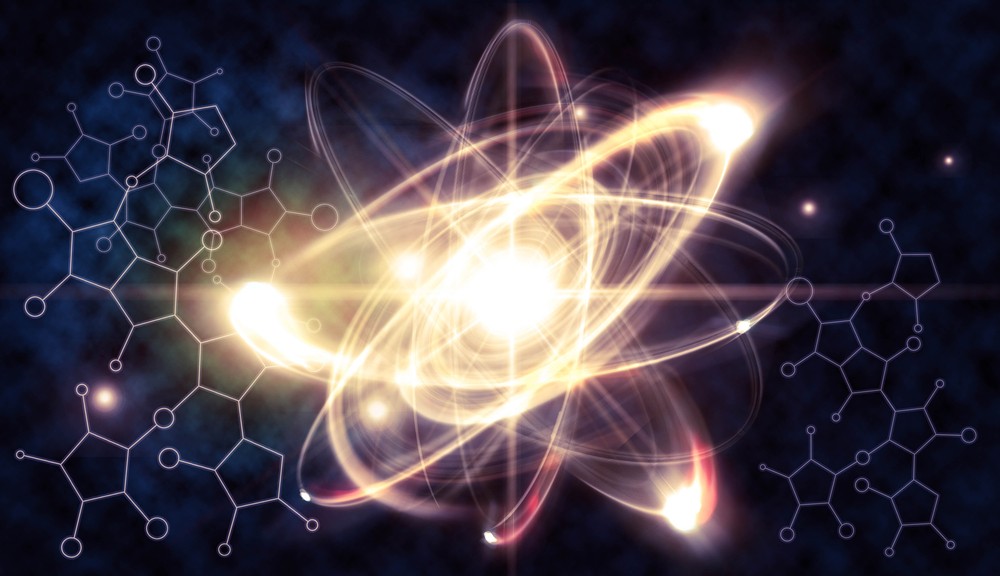Popular Reads
Top Results
Can't find what you're looking for?
View all search resultsPopular Reads
Top Results
Can't find what you're looking for?
View all search resultsEnergy chief gets Duterte’s green light for $1 billion nuke plant rehab
Change text size
Gift Premium Articles
to Anyone
A
fter initially rejecting the use of nuclear energy in the Philippines under his watch, President Rodrigo Duterte had a change of heart and has given the green light to proceed with plans to reactivate the mothballed Bataan Nuclear Power Plant (BNPP), Energy Secretary Alfonso Cusi said.
Speaking to reporters in Santa Rita, Batangas, the Energy chief said, however, that the President instructed him to pay special attention to the safety and security aspects of operating the 40-year-old power facility which was completed but never fueled and commissioned.
“He raised his concerns, and I gave him the assurance that we would not do it recklessly,” Cusi said, explaining that the President wanted extra precautions put in place for ensuring the safe use of nuclear fuel, as well as security measures established in the case of force majeure emergencies like natural calamities.
“I reassured him that all of his concerns will be addressed. We are going to follow the strict measures of the International Energy Agency,” the energy chief added.
Cusi said BNPP could be rehabilitated and be up and running within “two to four years,” depending on what other elements need to be addressed — at an estimated cost of $1 billion to bring the plant up to its original specification of generating 621 megawatts of electricity.
Cusi said, however, that it is not necessary to ramp up the plant’s power production to full capacity immediately. Instead, he proposed that electricity generation start at a lower level, then later scaled up to full power once a certain level of operating efficiency and expertise is achieved.
However, because most of the officials and personnel who were originally part of the 1970s-era BNPP program have either retired or passed away, the energy chief admitted that the government does not have the technical expertise to rehabilitate or operate the plant.
“Our human resources in that sector are gone, so we have to develop that, and those [Filipino nuclear experts] who have moved to other countries will be invited back,” he said.
Cusi added that the deal to revive BNPP will either be a government-to-government effort or something that will be undertaken by a private corporation which will be chosen through a transparent bidding process.
Controversy has hounded the BNPP since construction began in 1976, mainly because it was funded by a $2.3-billion loan from foreign creditors, including its builder Westinghouse Electric Co. which provided the plant’s light water reactor.
Following the overthrow of President Ferdinand Marcos in 1986, President Corazon Aquino decided against operating the plant.
This article appeared on the Philippine Daily Inquirer newspaper website, which is a member of Asia News Network and a media partner of The Jakarta Post







